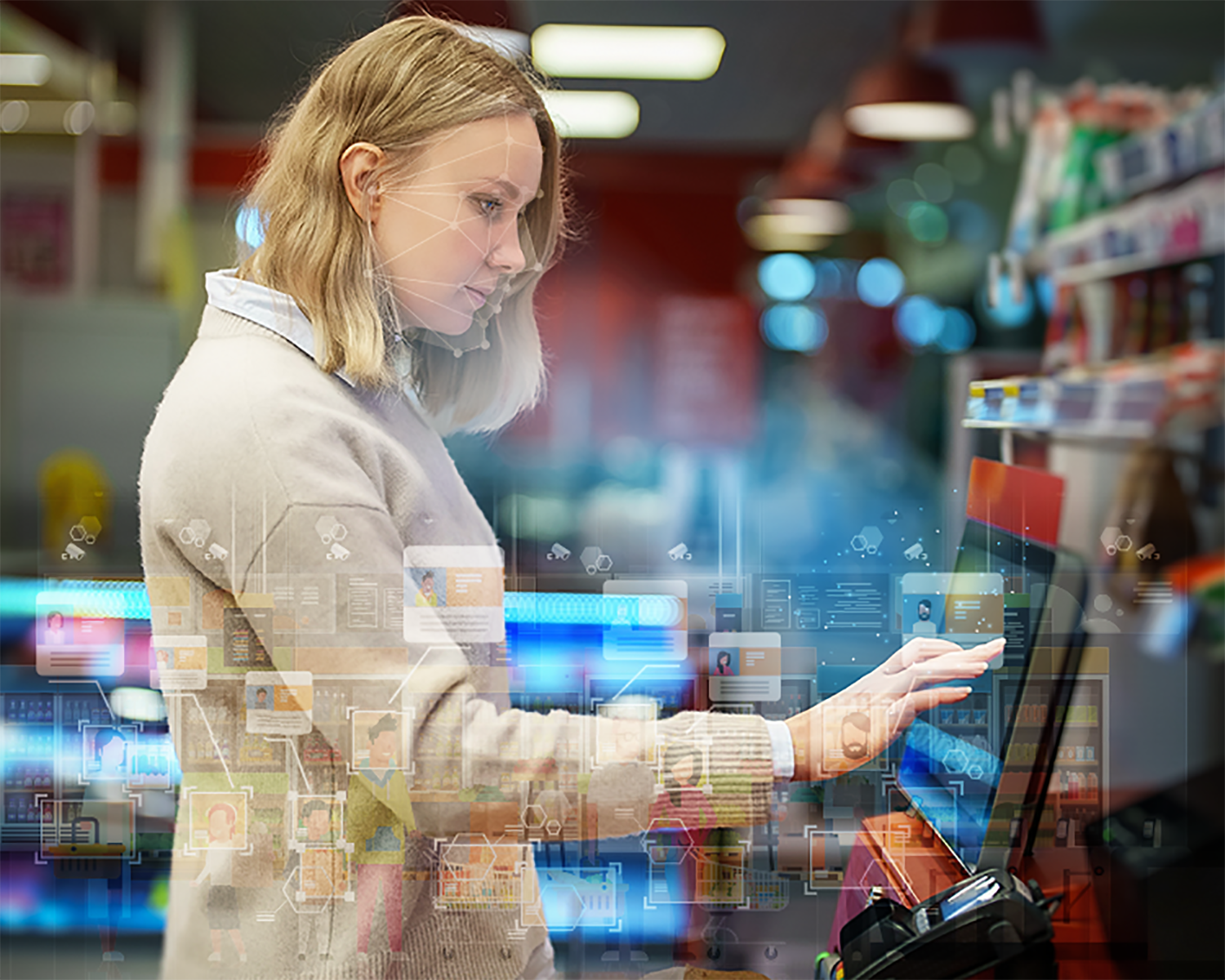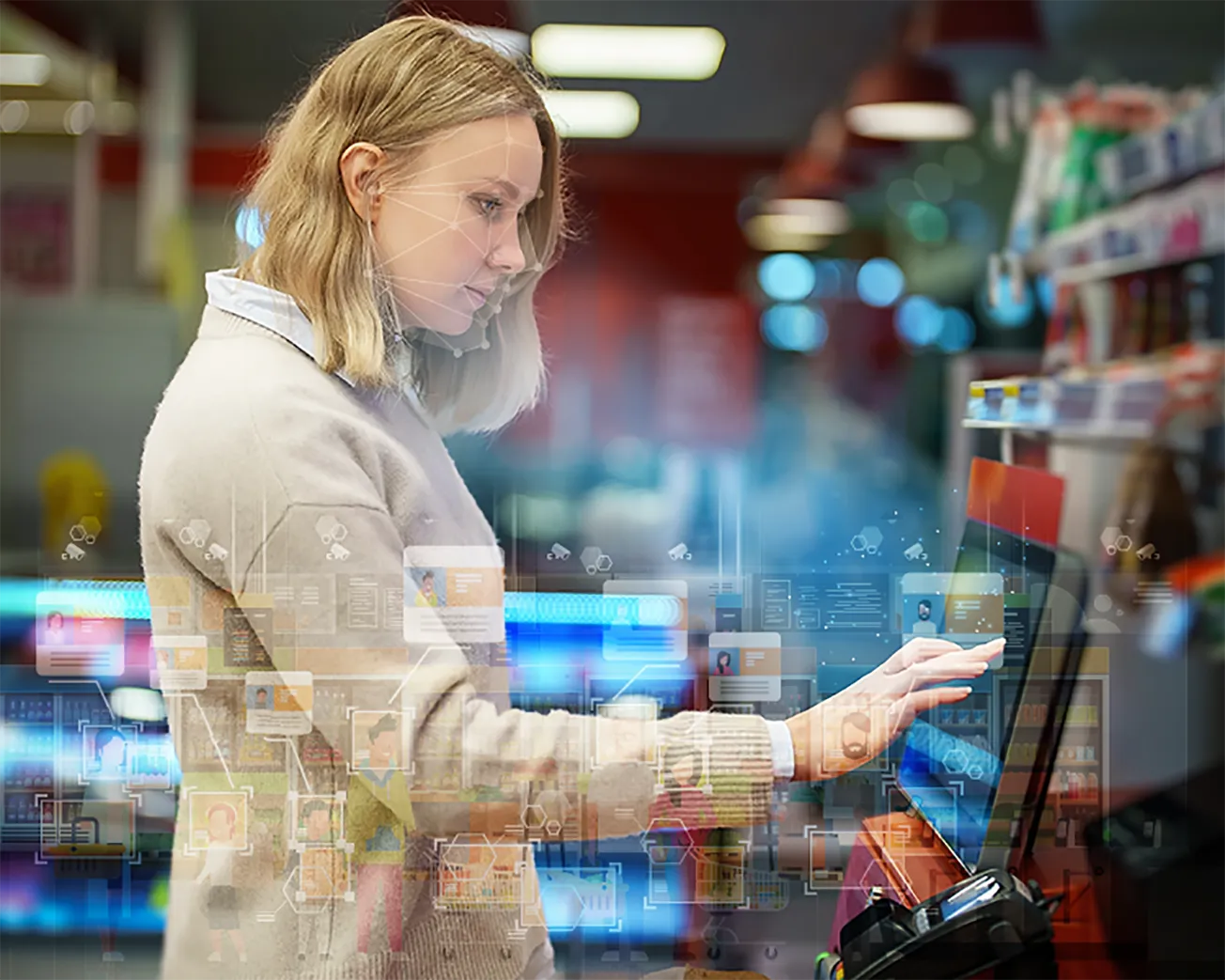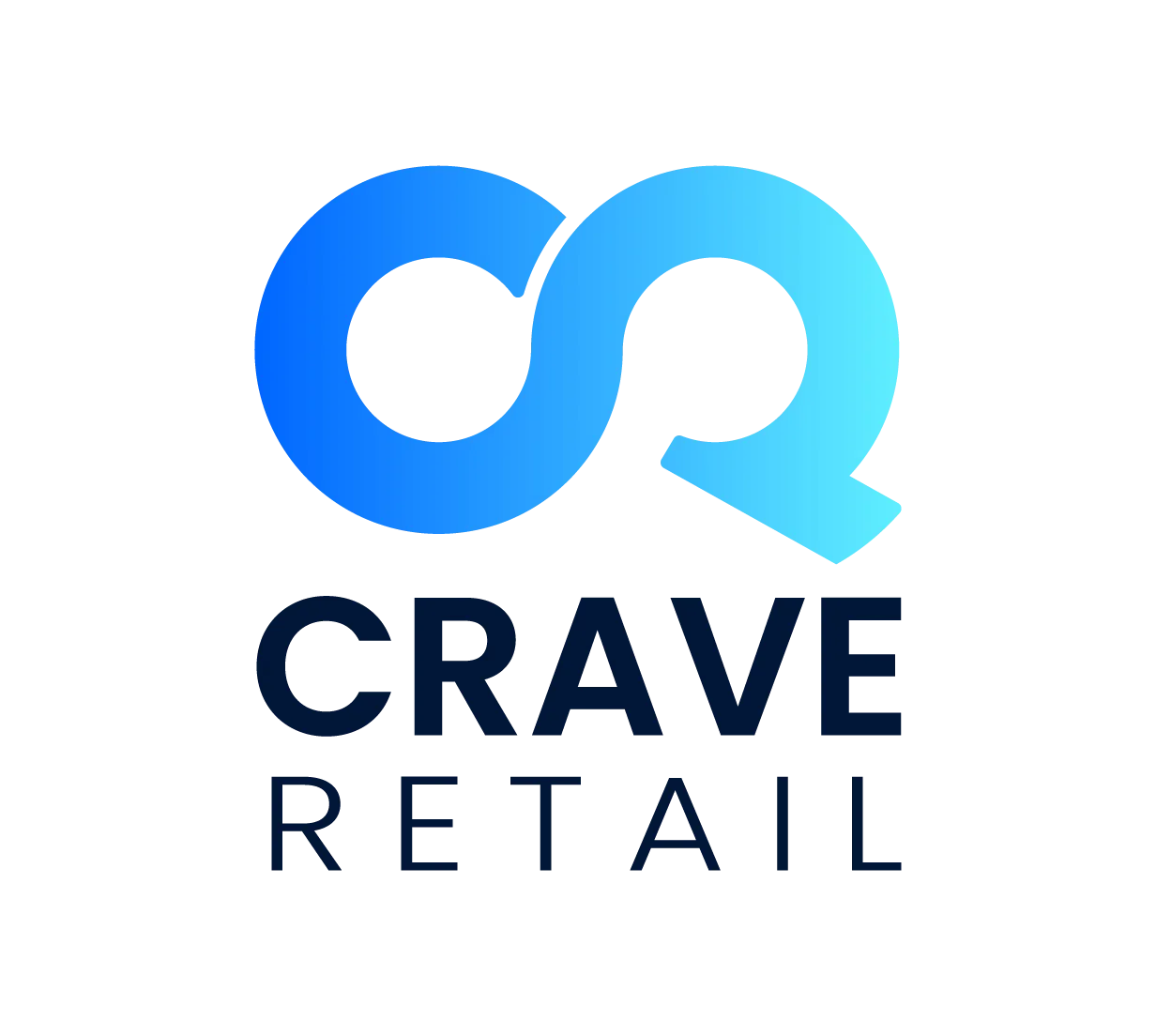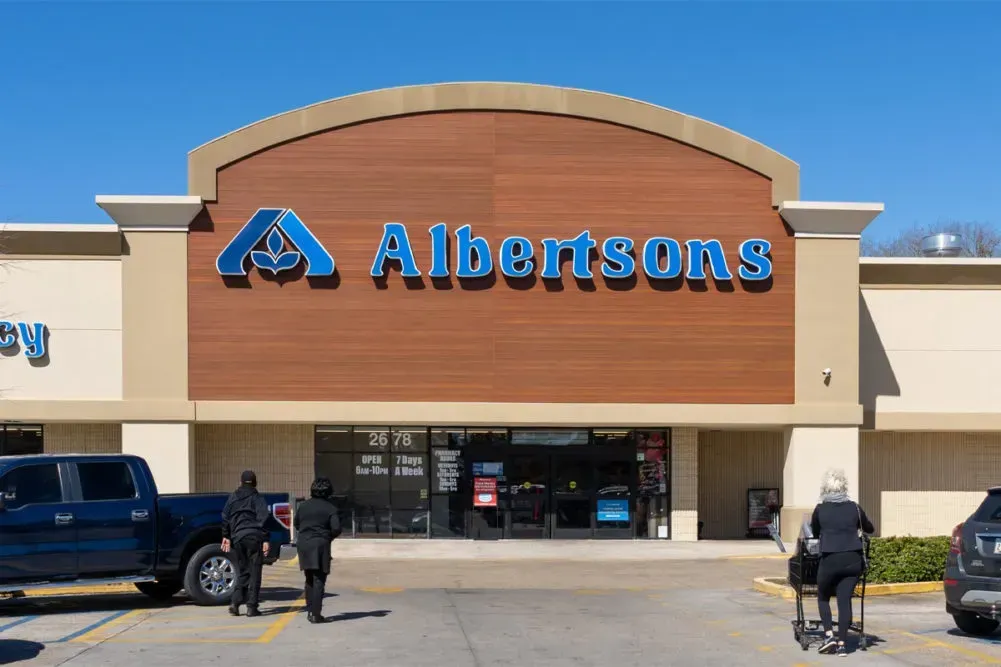Inventory management and loss prevention continue to challenge businesses within the retail industry. A recent survey by the National Retail Federation, a trade association dedicated to the retail industry ecosystem, reported that collective U.S. inventory loss has neared $100 billion, a 53% spike from 2019.

Nikhil Koranne
Pharmacy, grocery, department stores and mass merchandise sectors are experiencing alarming shrinkage rates of over 2%, which translate to billions of dollars in losses. These chilling statistics have prompted advocates and decision makers to seek new solutions.
Industries embracing artificial intelligence continue enjoying streamlined processes, automation and several modernized resources designed to optimize operations. But what advantages does AI bring to food, drug and mass merchandise retailers seeking relief from substantial revenue losses attributed to outdated loss prevention protocols?
Retail shrinkage still vexes industry
Inventory loss is not always attributed to the traditional forms of shoplifting. Supply chain disruption and theft, fraud and cybersecurity breaches are all common contributors to retail shrinkage. Shoplifting may be the most primitive form of retail shrinkage, but industry officials state it remains one of the most dominant methods of retail theft. Products with perceived high “street value” for quick profit will always be targeted, but the global pandemic saw a surge in theft of personal hygiene and medicine products.
Retailers continue struggling with internal theft, but the techniques and monikers associated with them have changed. “Sweethearting” refers to employees who steal merchandise and resell it to non-employees as a form of preferential treatment. This theft technique can also be executed by switching merchandise barcodes from expensive, high-demand items and ringing up cheaper items for personal gain.

Photo-Illustration by Chetu
Theft reached new heights with the introduction of the self-checkout kiosk back in 1986. Software developers have enhanced modern kiosks to be more intuitive and user-friendly. However, customers can still purposely not scan an item for purchase and carry it out. Theft from self-service checkouts has been the most problematic for retail big-box store chains and grocery chains.
The Bureau of Labor and Statistics continues reporting downward hiring trends for cashier positions, citing self-checkout kiosks and online shopping as key drivers for the decline. Still, food, drug and mass merchandise retailers are in a quandary over how to thwart self-checkout theft opportunities and have repositioned personnel to monitor customers at self-checkout kiosks. A study by retail crime intelligence firm Auror reported that 39& of thefts within grocery stores occur at self-checkouts.
In response to shrinkage, retailers have closed stores with high loss rates, placed products under lock and key, and turned to technology. The “2024 Connected Retail Experience Study” reported that 92% of retailers cite shrinkage prevention as an “important driver” in their in-store technology approach. Nearly 100% of businesses and 85% of IT executives state that reducing shrinkage is the most “important outcome” of their technology investments.
Thwarting theft with AI-driven resources
As technology evolves, criminal acts utilizing tech resources require enhanced technology to respond to and mitigate criminal activity. AI deployed within the retail ecosystem has provided decision makers with a versatile solution to thwart criminal activity, carefully study loss prevention trends and forecast future outcomes, giving the industry unique insight into operations and protocols by making data-driven decisions. Integrating AI within self-checkout kiosks offers video analytics to study and identify customer patterns and accurately generate reports citing what days and times theft is most likely to occur. Retailers are also using AI-powered facial recognition programs to spot known shoplifters.
Predictive analytics infused within AI provides the most accurate data monitoring and forecast of future outcomes, proving to be an invaluable tool for retailers that struggle to reposition personnel to support additional customer monitoring initiatives and loss prevention strategies.
Software specialists continue customizing the latest thermography resources to assist retailers further in countering the growing theft crisis. In-store heat maps offer a modernized solution to studying customer behavior and proactively eliminating theft. Heat maps carefully monitor body temperature within a small area in video footage, noting spikes between each customer, citing increases as attributed to nervousness. This is not considered a foolproof method to deter shoplifting fully, but it successfully identifies store areas of high traffic and aisles that stock merchandise most vulnerable to theft.
Radio Frequency Identification Technology (RFID) remains a proven resource not simply to deter theft but to collect data and track the location of stolen merchandise in real time. Driven by AI and customized by software developers, RFID has evolved to include sophisticated sensory technology to geotag merchandise, effectively tracking supply chain routes, warehouse locations and, ultimately, the location of merchandise in the event of theft. Retailers are gaining real-time data-supported insight into supply chain processes while gaining another valuable resource designed to deter theft and decrease response time to locating stolen merchandise.
Innovation for theft mitigation
The evolution of technology within business landscapes is not solely driven by revenue generation. The conviction to drive innovation is also rooted in modern business, but enhanced resources are also required to protect and preserve the assets used to drive economies. As we continue seeing retail businesses struggle with shrinkage and reduced labor forces needed to counter increasing theft rates, AI customized by software developers provides decision makers with a modern resource to deter and mitigate theft while augmenting personnel to enable data-driven decisions to accurately monitor and track merchandise throughout the supply chain journey. Shrinkage will always play a role within the retail landscape’s business operations. Still, AI-driven tech can help reduce and minimize how big a role it will play in the future.
For more info, go to https://www.chetu.com/
Nikhil Koranne is assistant vice president of operations at Chetu.









